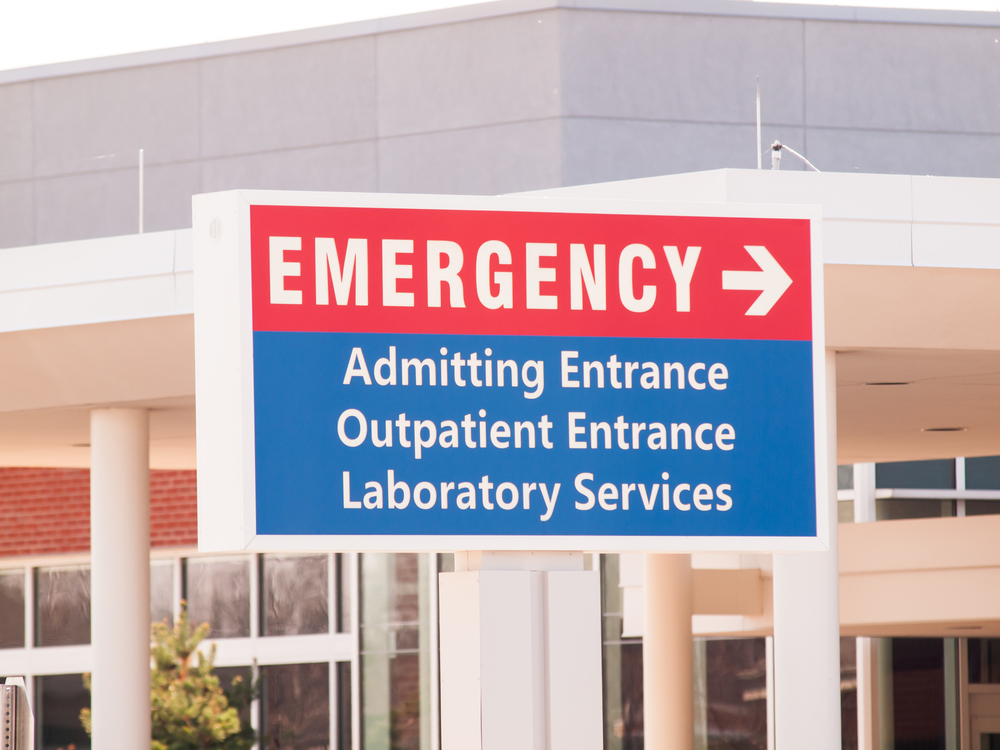
Like so many activities, smoking and eating marijuana comes with a learning curve. This could explain why so many tourists who visit Colorado to partake in its legal recreational pot are ending up in the emergency room, doctors said this week.
ER visits involving out-of-state visitors who had used pot doubled from 2013 to 2014, the first year marijuana was legalized in the state, according to a team of physicians from the Denver area. Rates of visits involving pot did not change among Colorado residents, who presumably are more accustomed to getting high, or feel less pressure to use the drug heavily in a shorter period of time.
“At our institution, the rate of ED visits possibly related to cannabis use among out-of-state residents doubled from 85 per 10,000 visits in 2013 to 168 per 10,000 visits in 2014, which was the first year of retail marijuana sales,” wrote Dr. Andrew Monte, an emergency room toxicologist at the University of Colorado Denver, in a letter to the New England Journal of Medicine.
According to Monte, there are three categories of ER visits related to marijuana. The first is people with underlying medical conditions, like anxiety disorders, schizophrenia or heart disease, which can be exacerbated by pot use. Though marijuana is considered a relatively safe drug, for an older person with heart disease, the stress of a racing heart could even be fatal.
The second category is people who were injured while under the influence. “These would be things like motor vehicle collisions when they are high or smoking,” said Monte. Heavy daily use can also lead to “cyclic vomiting” (episodes of repeated, excessive vomiting).
The third group that ends up in the ER are people who smoke or eat too much pot at one time, get extremely high and become paranoid, anxious or panicked. This type of visit is more often linked to edibles, since people often don’t realize how much of the drug they are consuming and can get too intoxicated too fast.
States planning to legalize marijuana should take steps to begin educating people on safe use, before the laws change, said Monte. “People should start low and go slow and have a full understanding of what the risks are,” he said. “Nothing is 100% safe. You can get intoxicated by water if you drink too much of it.”
